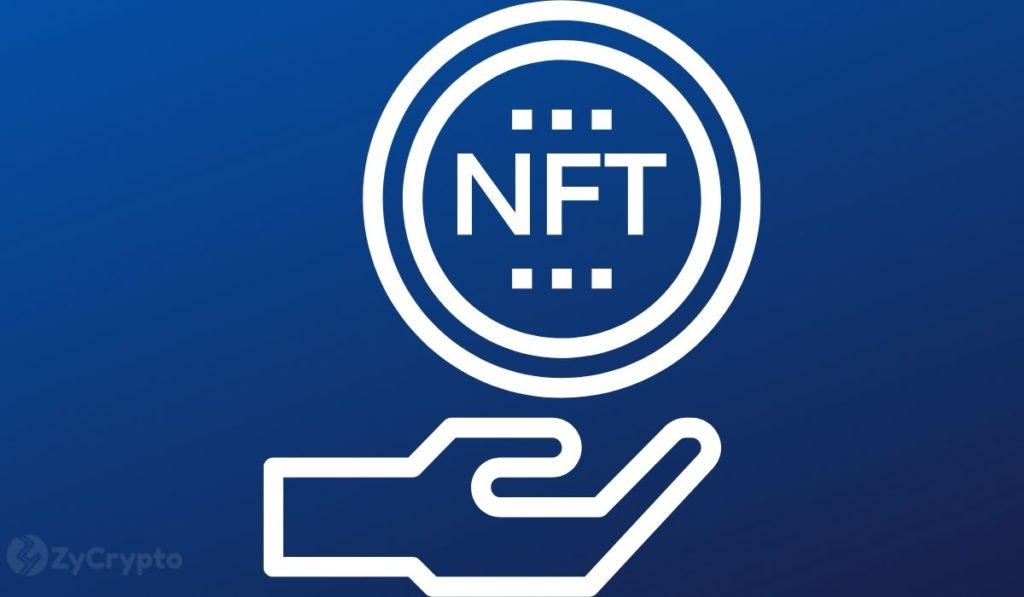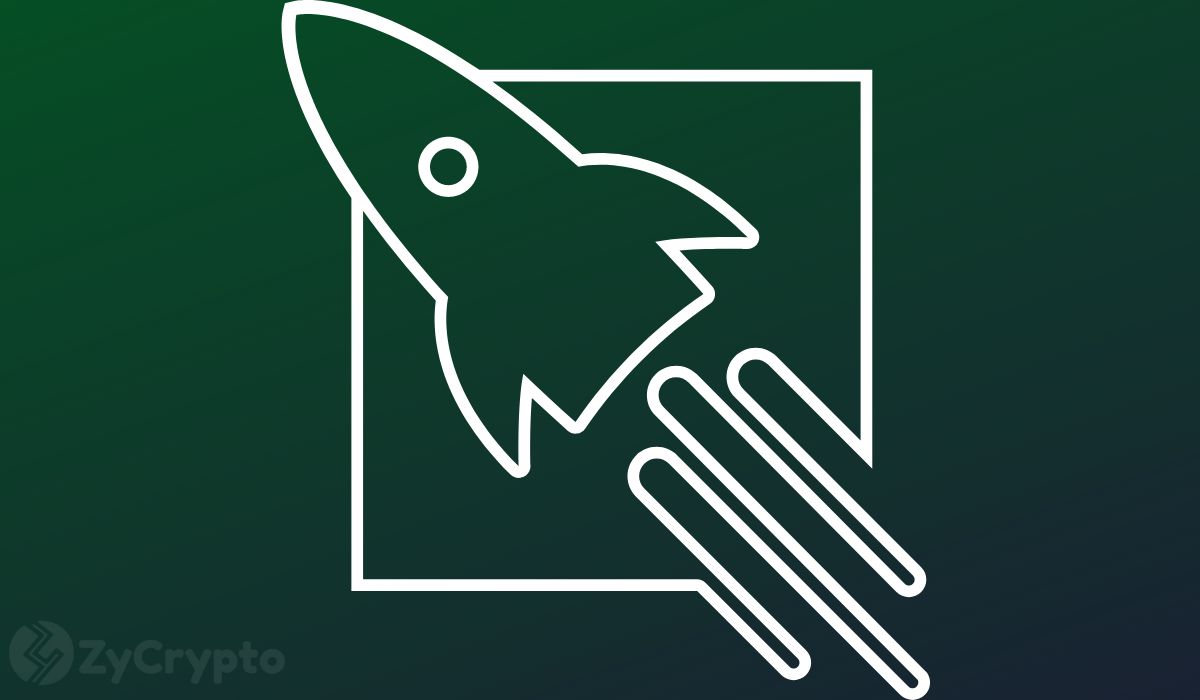
2022-3-13 16:08 |
In the last few weeks, NFTs have drawn attention, albeit not for very good reasons.
The first news came from OpenSea, one of the biggest NFT marketplaces, reporting that 80 percent of the NFTs minted using their free tool was fake, spam, or plagiarism. What OpenSea intended to be an incentive for digital creators turned into a room for opportunistic scammers. In one of the most active NFT markets, digital art, imposters have sold NFTs allegedly as creations of reputable artists that were mere frauds.
Chainalysis report found money laundering and ‘wash trading’, the latter is a practice in which the buyer and the seller are the same, performing multiple trades to push the price upwards. Most of the wash trading was found unprofitable because of the gas fee paid on each transaction, nonetheless, these malpractices have the potential to become worrying as the NFT market grows. The former is not the last of the malfeasances.
Bots in NFT market manipulation?The Chainalysis report has another juicy finding. It showed that only 28.5% of NFT purchases during the minting were profitable, whereas the percentage increased to 65.1% for NFTs sold in the secondary market. A hypothesis for the difference is that in the competition to earn the scoop of buying newly-minted NFTs, multiple failed transactions pay Ethereum gas fees, reducing the profit margins or even more, turning them into losses. Foremostly, the report states:
“It also appears that some experienced users employ bots to purchase NFTs as soon as minting begins, resulting in more failed transactions — in some cases by the bots themselves — making profitable trading even more difficult for the average user”.
Although the Chainalysis report has no concluding data “to know how many bots successfully bought newly-minted NFT shutting out less sophisticated users”. Think wrong and be right: not long ago, trading bots were also blamed for front-running in decentralized exchanges on Ethereum. Likewise, NFT trading bots could be performing numerous boycotting transactions with small gas fees in a sort of market manipulation.
Notwithstanding, options to optimize gas fees and avoid plagiarism in NFTs are available. For instance, Vitalik Buterin outlined two possibilities. In the first option, all the NFTs are pre-created on Ethereum – similar to issuing the serial numbers in a lot – and keep them in a lockbox contract transferred to rollups in batches. Issuance becomes a process in which the owner provides “meaning” to each of the serial numbers, turning each NFT into a differentiated one.
In the second case, the NFT ecosystem moves to Layer 2 protocols, where an NFT Wrapper Manager contract specifies the destination rollup and the owner. Afterward, the NFT is locked with a serial number. If another rollup requests the transferring of an NFT from owner 1 to owner 2, the Wrapper Manager Contract validates rollup provenance, owner, and serial number. In this case, invalid NFTs will point to nothing.
At the same time, NFT marketplaces in the eye of the storm are internally creating safeguards to prevent users and creators from scams such as the recent Opensea NFT Security Group.
origin »NFT (NFT) на Currencies.ru
|
|








